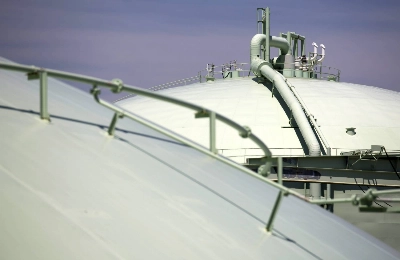"The Shibuya, Tokyo, studio is now shaking extremely strongly. The Shibuya, Tokyo, studio is shaking strongly."
So said announcer Kenzo Ito after turning to face a studio camera that had just gone live on NHK. It was 2:48 p.m. on the afternoon of March 11. What would soon become Japan's strongest recorded earthquake was only just getting started, but Japan's sole public broadcaster was already in full natural disaster mode — a mode that is, in a sense, its raison d'etre.
In the 86 years since it was established, NHK, or the Japan Broadcasting Corporation as it is also known in English, has covered hundreds of natural disasters in Japan. It now has an extraordinary network in place to cover crises should they happen at any corner of the archipelago. NHK has eight broadcasting centers including the main one in Shibuya, an additional 46 local stations, 14 helicopters on permanent standby all over the country, and 460 remote-controlled cameras at ports and other key locations from which it can beam live footage at any moment. There is also a hotline to the Meteorological Agency and automated access to the Agency's earthquake early warning system. A warning from that system had been flashed on NHK viewers' screens about 90 seconds before the cut from regular programming (coverage of Diet deliberations) to announcer Ito in the still-shaking Shibuya studio. And the reason that cut could be made so swiftly — minutes before any competing channel — is because NHK holds emergency broadcast drills every night at midnight.
















With your current subscription plan you can comment on stories. However, before writing your first comment, please create a display name in the Profile section of your subscriber account page.